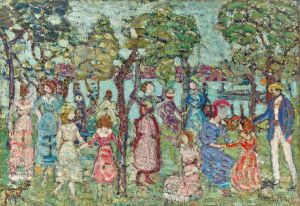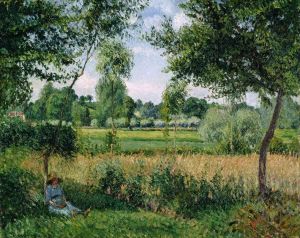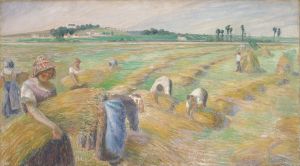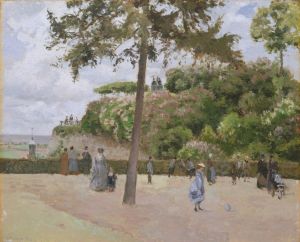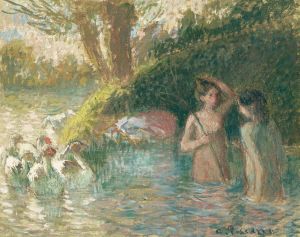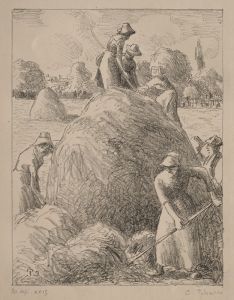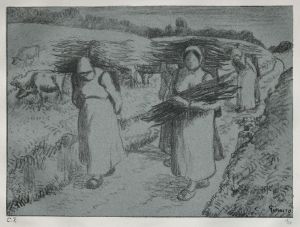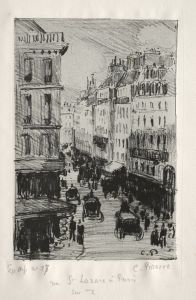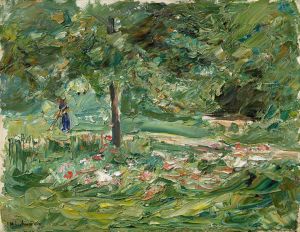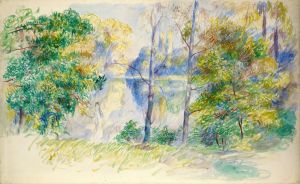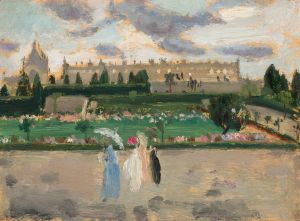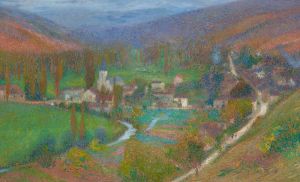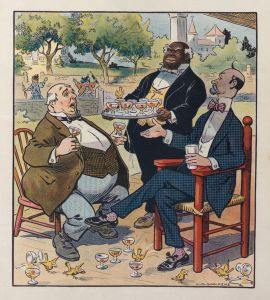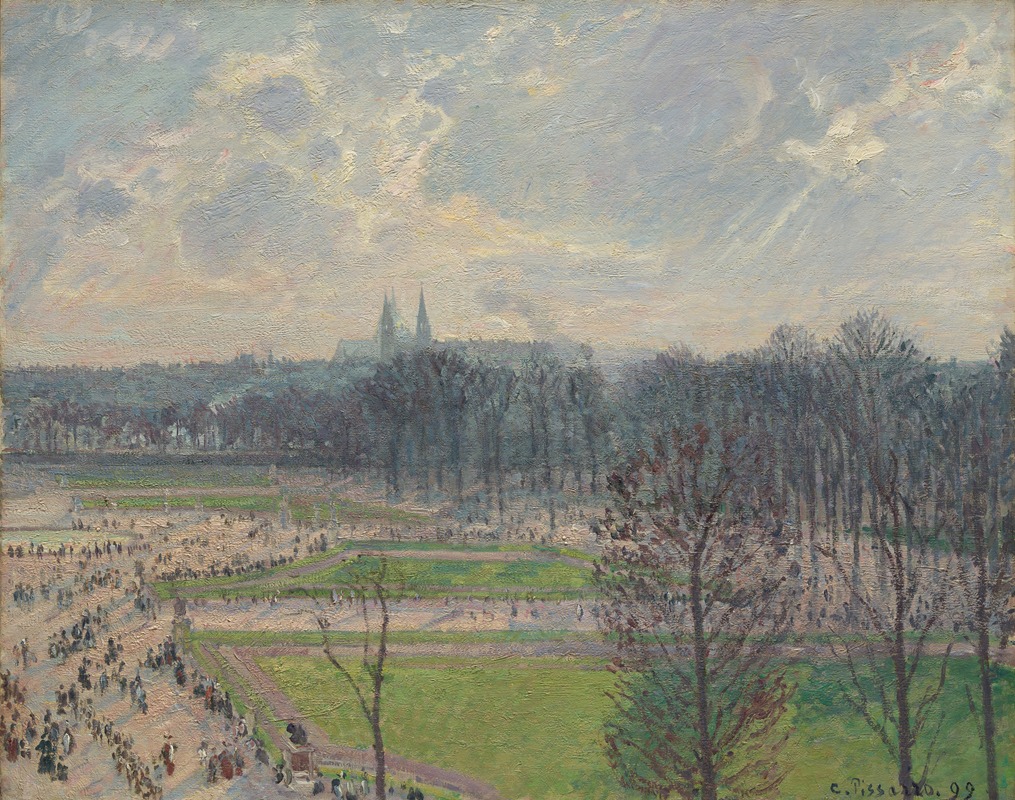
The Garden of the Tuileries on a Winter Afternoon
A hand-painted replica of Camille Pissarro’s masterpiece The Garden of the Tuileries on a Winter Afternoon, meticulously crafted by professional artists to capture the true essence of the original. Each piece is created with museum-quality canvas and rare mineral pigments, carefully painted by experienced artists with delicate brushstrokes and rich, layered colors to perfectly recreate the texture of the original artwork. Unlike machine-printed reproductions, this hand-painted version brings the painting to life, infused with the artist’s emotions and skill in every stroke. Whether for personal collection or home decoration, it instantly elevates the artistic atmosphere of any space.
The Garden of the Tuileries on a Winter Afternoon is an oil painting created by the French Impressionist artist Camille Pissarro in 1899. The artwork is part of Pissarro's later body of work, during a period when he frequently painted urban scenes, particularly in Paris. This painting depicts the Tuileries Garden, a historic public garden located between the Louvre Museum and the Place de la Concorde in Paris, during a winter afternoon.
Pissarro's composition captures the atmosphere of the garden in the colder months, with bare trees and muted tones that convey the season's subdued light. The painting is notable for its elevated perspective, a characteristic feature of many of Pissarro's urban landscapes. This vantage point allows the viewer to observe not only the garden but also the surrounding architecture and the activity of people within the scene. The figures in the painting are rendered with loose, impressionistic brushstrokes, emphasizing movement and the fleeting nature of the moment.
The artist's use of color and light in The Garden of the Tuileries on a Winter Afternoon reflects his mastery of Impressionist techniques. Pissarro employs a palette of soft grays, blues, and browns to evoke the chill and quiet of winter, while subtle touches of warmer tones suggest the presence of life and activity. The interplay of light and shadow is carefully observed, lending depth and atmosphere to the scene.
This painting is part of a series of works Pissarro created from hotel rooms or apartments overlooking Parisian landmarks. During the late 1890s, Pissarro often worked from such elevated viewpoints due to health issues that made outdoor painting difficult. These urban scenes marked a shift in his focus from rural landscapes, which had dominated his earlier career, to the bustling life of the city.
The Garden of the Tuileries on a Winter Afternoon is housed in the Metropolitan Museum of Art in New York City. It is considered an important example of Pissarro's later work and his contribution to the Impressionist movement. The painting demonstrates his ability to capture the essence of a moment in time, blending his interest in natural light with his observations of modern urban life.





